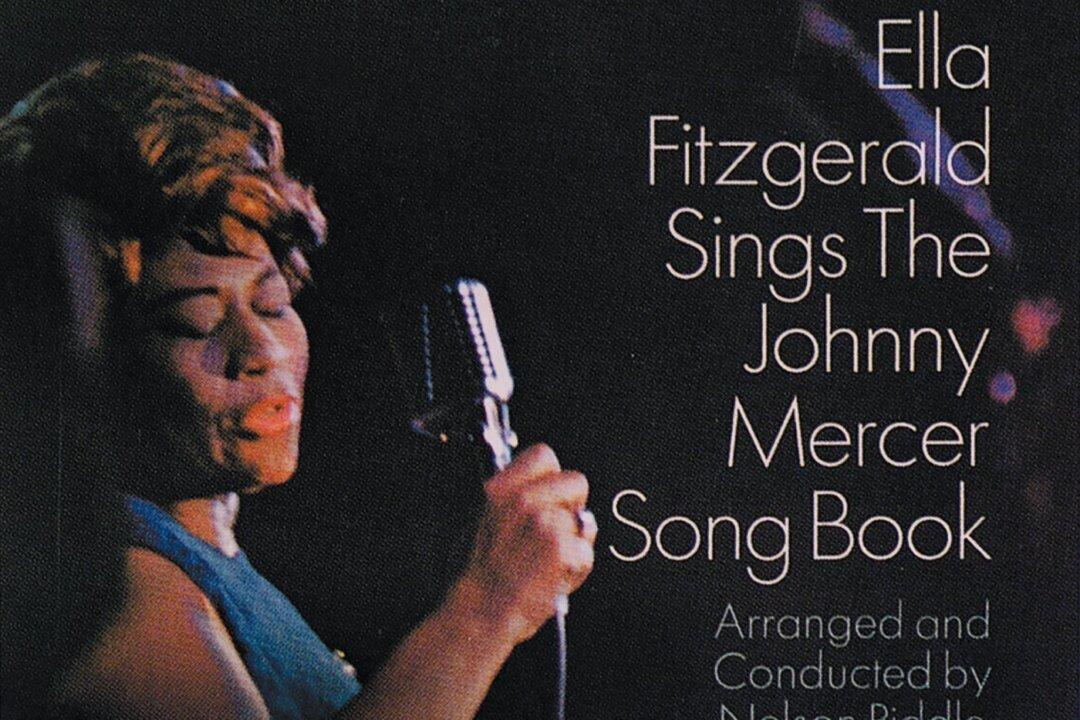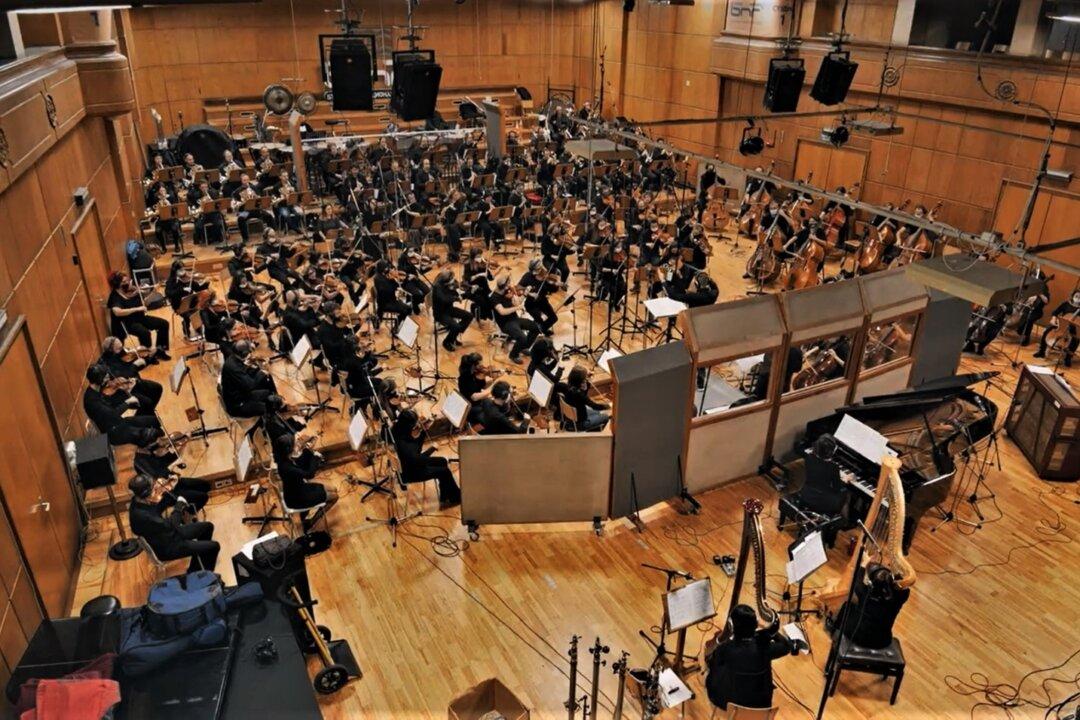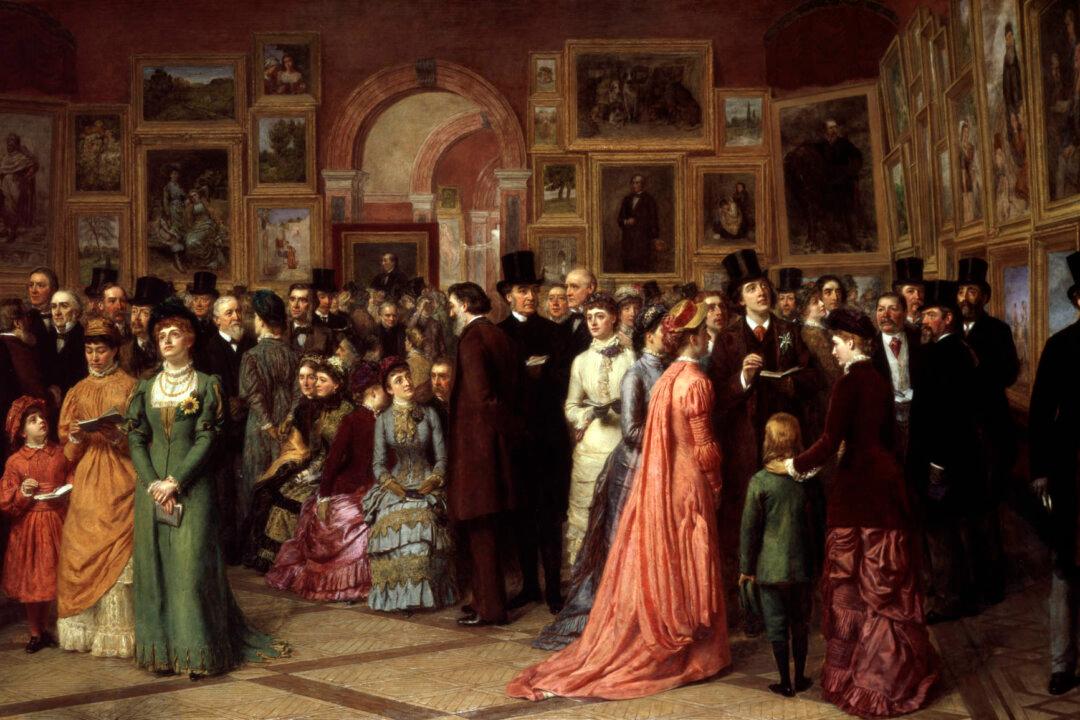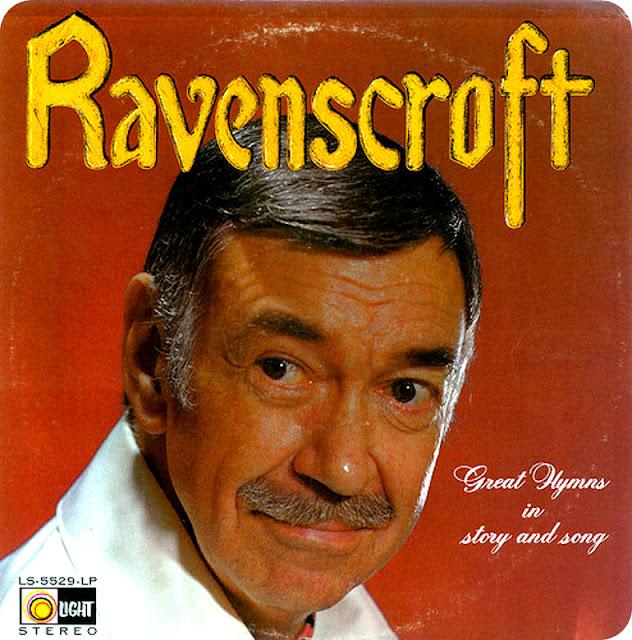Is the Great American Songbook still being written?
The so-called Great American Songbook is defined as a canon of the memorable “standards” of popular song that helped to define American culture in the first half of the 20th century. Its great composers included Irving Berlin, Cole Porter, the Gershwins, and Jerome Kern.






